The History and Varieties of Wine
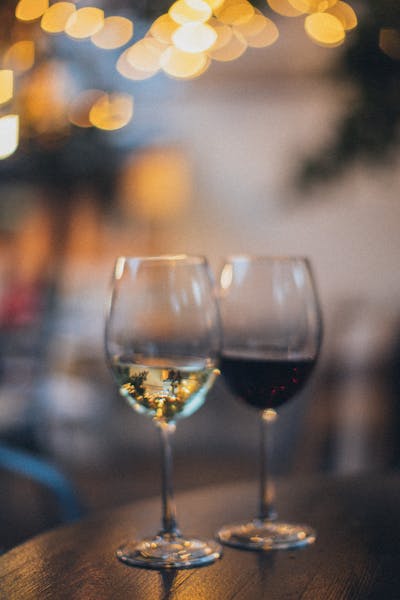
The Origins of Wine
Wine has a rich history that dates back thousands of years.
The origins of wine can be traced to ancient civilizations such as the Egyptians, Greeks, and Romans.
These civilizations recognized the value and pleasure of consuming fermented grape juice and even attributed certain religious and cultural significance to wine.
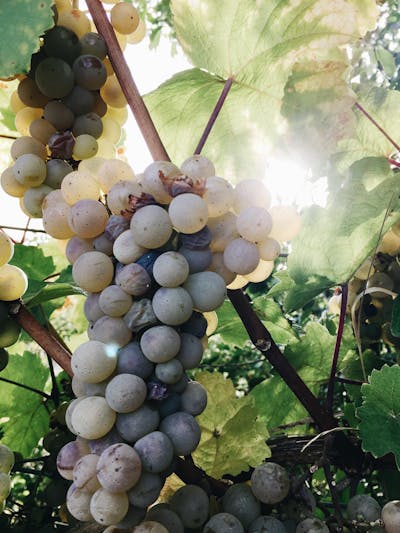
The Birthplace of Wine
The birthplace of wine is believed to be the region of Eastern Europe and the Middle East, specifically the area known as the Fertile Crescent. Grape vines grew naturally in this region, and it was here that early winemaking techniques were developed, including the fermentation and aging processes.
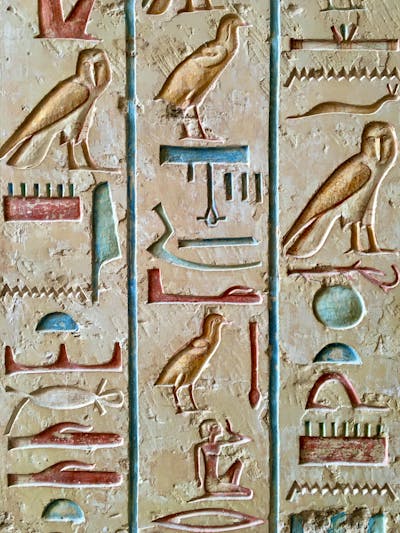
Wine in Ancient Egypt
The Egyptians held wine in high regard and considered it to be a sacred beverage. Wine was used in religious ceremonies, offered as a tribute to the gods, and even used in the embalming process. The ancient Egyptians were skilled winemakers, and their techniques spread throughout the Mediterranean region.
The Types of Wine
Red Wine
Red wine is made from dark-colored grapes and is known for its robust flavors and rich red color. It is often aged in oak barrels, which imparts additional flavors and tannins to the wine. Some popular red wine varieties include Cabernet Sauvignon, Merlot, and Pinot Noir.
White Wine
White wine is made from green or yellow grapes and has a lighter color compared to red wine. It is typically fermented without the grape skins, resulting in a more delicate and crisp flavor profile. Chardonnay, Sauvignon Blanc, and Riesling are some of the popular white wine varieties.
Rosé Wine
Rosé wine is produced using a combination of red and white grapes or by extracting the color from the grape skins for a shorter period of time. It has a pink or salmon color and exhibits flavors that are often a balance between those found in red and white wines. Rosé wines are known for their refreshing qualities and are perfect for warm summer days.
Sparkling Wine
Sparkling wine is known for its effervescence and is often associated with celebrations and special occasions. The bubbles in sparkling wine are created through a secondary fermentation process, which produces carbon dioxide. Champagne, Prosecco, and Cava are popular examples of sparkling wines.
Fortified Wine
Fortified wine is a type of wine that has been strengthened by the addition of a distilled spirit such as brandy. This process increases the alcohol content and stabilizes the wine. Port, Sherry, and Madeira are well-known examples of fortified wines.
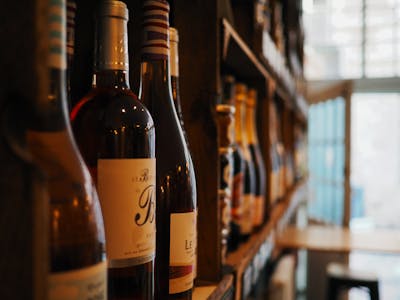
The Factors Affecting Wine Flavor
Grape Varieties
Different grape varieties have distinct flavors and aromas, which contribute to the overall character of the wine. Varieties such as Cabernet Sauvignon, Chardonnay, and Riesling showcase their individuality through their unique characteristics.
Terroir
Terroir refers to the environmental factors that influence the growth of the grapes, such as the soil composition, climate, and topography. The terroir plays a crucial role in shaping the flavors and aromas of the wine, making wines from different regions exhibit varying characteristics.
Winemaking Techniques
The winemaking process involves various techniques, including grape harvesting, fermentation, aging, and blending. Each step in the process can influence the final flavor profile of the wine. For example, longer aging in oak barrels can impart a smoky or vanilla undertone, while malolactic fermentation can result in a buttery texture.
Aging
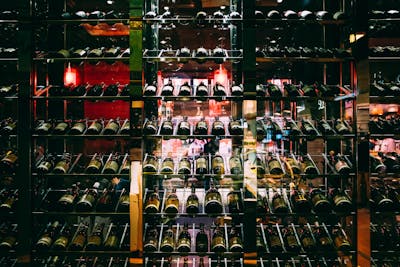
Aging is an important process for certain wines, allowing them to develop complex flavors and aromas over time. Wines that are suitable for aging, such as Cabernet Sauvignon or Bordeaux blends, can be stored in cellar conditions for several years, enhancing their qualities and refining their taste.
Wine is not just a beverage; it is a cultural symbol that has evolved over centuries.
From its ancient origins to the wide array of varieties available today, wine continues to captivate the senses and bring people together.
Whether you prefer a robust red, a crisp white, or a delightful sparkling wine, there is a wine for every palate. Understanding the factors that contribute to its unique flavors and the history behind it can enhance your appreciation for this remarkable drink.
Frequently Asked Questions
What is the recommended serving temperature for different types of wine?
The ideal serving temperature for red wines is typically between 60-68°F (15-20°C), while white wines are best served at temperatures around 45-50°F (7-10°C). Sparkling wines should be chilled to around 40-45°F (4-7°C).
How long can wine be stored?
The aging potential of wine varies depending on the type and quality. Some wines are meant to be enjoyed within a few years of release, while others can cellar for decades. It is advisable to research the specific wine or consult with a wine expert for guidance.
What is the difference between dry and sweet wine?
Dry wine refers to wines that have little to no residual sugar, resulting in a more crisp and refreshing taste. Sweet wines, on the other hand, contain higher levels of residual sugar, giving them a sweeter flavor profile.
Are there health benefits associated with moderate wine consumption?
Moderate wine consumption, meaning one glass per day for women and up to two glasses per day for men, has been linked to potential health benefits such as reduced risk of heart disease and certain cancers.
However, it is important to consume alcohol in moderation and consult with a healthcare professional for personalized advice.
How can I properly store opened wine to maintain its quality?
To preserve the flavour and quality of opened wine, it is best to reseal the bottle with a wine stopper or cork and store it in a cool, dark place.
Refrigeration can also help extend the lifespan of opened white or sparkling wines.














